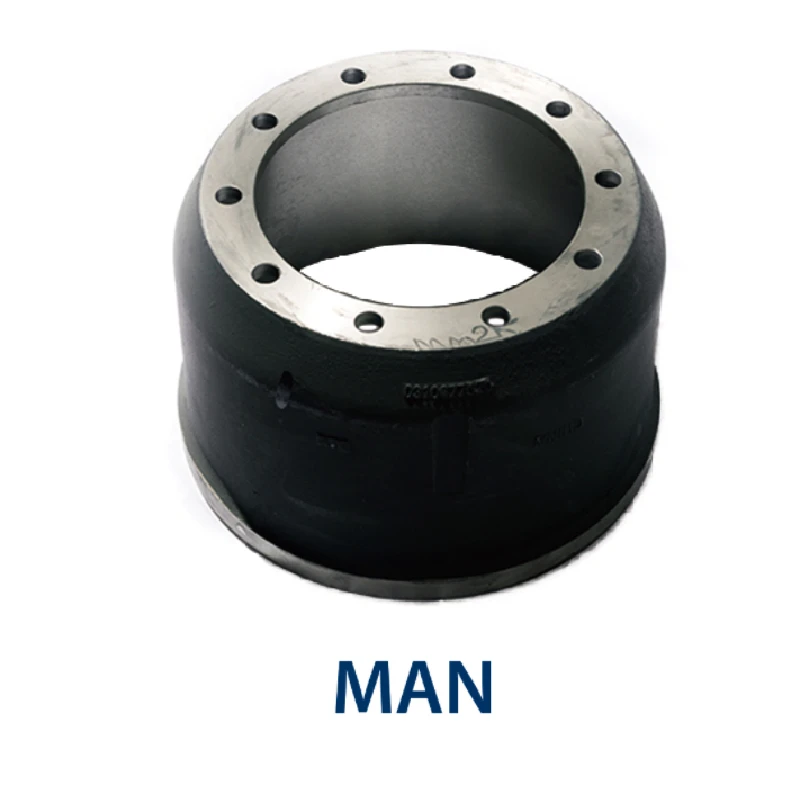Nov . 15, 2024 14:04 Back to list
why won't my brake drum go back on
Why Won't My Brake Drum Go Back On? A Comprehensive Guide
If you’re a car enthusiast or simply someone trying to tackle brake issues on your own vehicle, you might find yourself facing a common but frustrating problem the brake drum won’t go back on after removing it for maintenance or replacement. This situation can be particularly vexing, especially if you’ve just taken the time to replace brake shoes or perform other maintenance tasks. However, understanding the reasons behind this issue can save you time and effort.
Understanding the Brake Drum System
The brake drum system is a crucial part of your vehicle's braking mechanism, especially in older vehicles or those using drum brakes on the rear wheels. Unlike disc brakes, which utilize a rotor and caliper, drum brakes consist of a cylindrical drum that encases brake shoes. When you press the brake pedal, the shoes expand outward against the drum, creating friction and slowing the vehicle.
Common Reasons Why Brake Drums Won’t Fit Back On
1. Misalignment of Brake Shoes One of the most common reasons a brake drum won’t fit back onto the hub is due to misalignment of the brake shoes. When you remove the drums, the shoes can accidentally shift out of their designated positions or become unevenly adjusted. Ensure that the shoes are centered and properly aligned before attempting to reinstall the drum.
2. Improper Adjustment of Brake Shoes Brake shoes need to be adjusted properly before reinstalling the drum. If the shoes are set too wide, it will be impossible to slide the drum back on. Use the adjusting wheel (or star wheel) located at the bottom of the brake assembly to ensure the shoes are close enough to allow the drum to fit over them. A good rule of thumb is to turn the adjuster until there’s a slight drag on the shoes when the drum is on.
3. Rust or Debris on the Brake Components Over time, moisture and road grime can lead to rust or a buildup of debris on the brake components. This contamination can make it difficult for the drum to fit back on. Before reinstalling the drum, make sure to clean the hub and the interior surface of the drum, removing any rust or debris. Use a wire brush or sandpaper to clean these surfaces effectively.
4. Worn or Incorrectly Sized Brake Drums If the brake drums are worn unevenly or are of the incorrect size, they may not fit properly. Inspect the inner diameter of the drum and ensure it hasn't exceeded its maximum allowable limit. If the drum is too worn, it may need to be replaced. Always refer to your vehicle’s manual for the appropriate specifications.
5. Improper Installation of Hardware During maintenance, it's possible to inadvertently misplace or improperly install components such as springs, clips, and retainers. Such hardware is essential for the proper function of the brake assembly. Check that all hardware is installed correctly and securely before attempting to reinstall the drum.
why won't my brake drum go back on

6. Inadequate Lubrication Proper lubrication of the wheel bearings and other moving parts is essential for ensuring that the drum can slide back on without resistance. If you've removed the drum for maintenance, make sure to apply the appropriate lubricant to the bearings and other contact points per the manufacturer’s specifications.
Steps to Diagnose and Fix the Issue
1. Visual Inspection Start with a thorough visual inspection of the brake assembly to check for any misalignments or misplacements. 2. Adjust the Brake Shoes Use the adjusted mechanism to bring the brake shoes closer, ensuring that there’s only minimal clearance needed.
3. Clean Components Remove any rust, dirt, or debris on the drum and hub.
4. Check Brake Drum Size Measure the inside diameter of the drum to ensure it’s within the manufacturer’s specifications.
5. Ensure All Hardware is Correctly Installed Double-check that all springs and clips are correctly positioned.
6. Lubricate Remember to lubricate all necessary parts as instructed in the vehicle’s manual.
Conclusion
While the frustration of a brake drum that won’t go back on is understandable, it’s also a solvable challenge. By carefully diagnosing the issues outlined above and following the necessary steps to correct them, you can successfully reinstall your brake drum. This not only ensures the safety and functionality of your braking system but also enhances your confidence in handling vehicle maintenance tasks. Happy wrenching!
-
HINO Industrial Efficiency-Jiangsu Hino Industrial|Productivity Optimization&Cost Reduction
NewsJul.12,2025
-
HINO-¡Ң���ຽ��е��������˾|Advanced Industrial Solutions&Energy Efficiency
NewsJul.12,2025
-
Premium Brake Drum Iveco – Durable Drum Brake Drum & Brake Shoe Solutions
NewsJul.08,2025
-
High-Performance Brake Drum Liza for Enhanced Safety Reliable Drum Brake Drum & Brake Shoe Solutions
NewsJul.08,2025
-
High-Quality Brake Drum MAZ – Durable Drum Brake Drum & Brake Drum and Brake Shoe for Optimal Performance
NewsJul.07,2025
-
High-Quality Brake Drum Kamaz for Reliable Performance Durable Drum Brake Drum & Brake Shoes
NewsJul.07,2025
